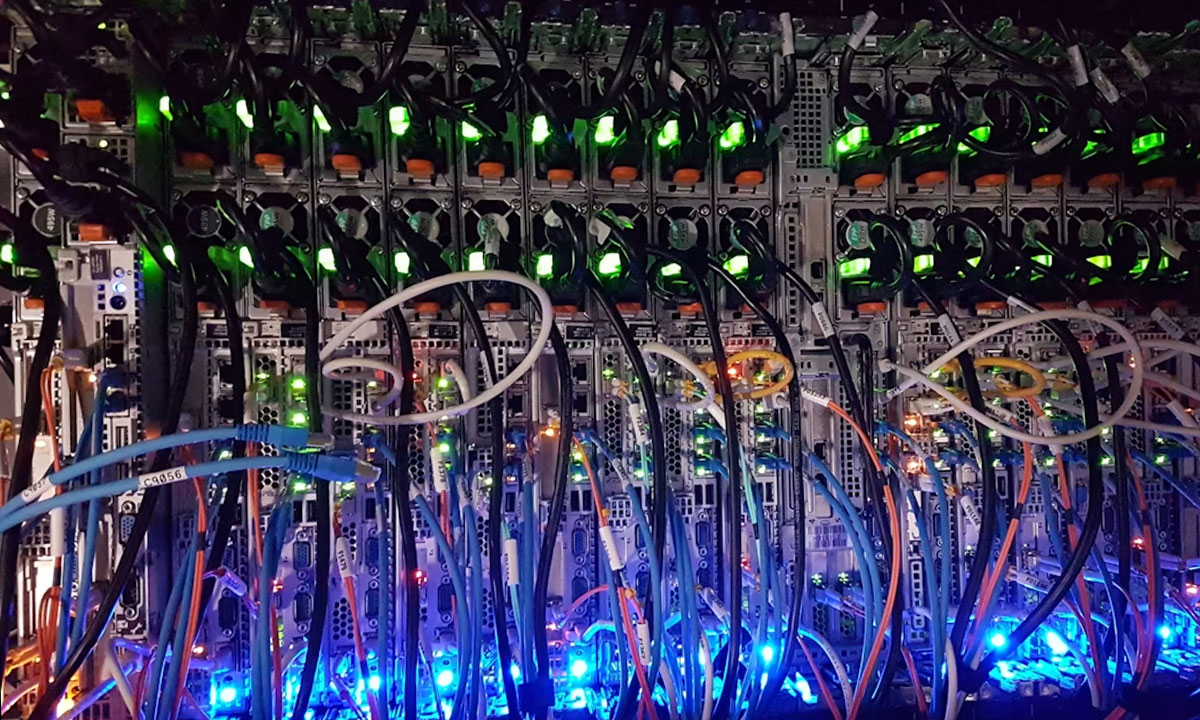In a landmark move that reshapes the global AI and cloud computing landscape, OpenAI has signed a multi-year strategic agreement with Amazon Web Services (AWS) valued at approximately US$38 billion. This deal, spanning at least seven years, signals one of the most significant shifts in cloud strategy for OpenAI, which until now relied heavily on Microsoft Azure as its primary cloud partner.
Under the agreement, OpenAI will gain access to AWS’s massive compute resources, including hundreds of thousands — potentially millions in the future — of next-generation NVIDIA GPUs such as the highly anticipated GB300 and GB200 series. This enormous infrastructure support is designed to power OpenAI’s next-gen AI innovations, from advanced model training to deployment across consumer and enterprise solutions like ChatGPT and AI-driven agentic systems.
A Break From Exclusivity: Why This Deal Matters
For years, Microsoft was considered OpenAI’s exclusive infrastructure backbone, with Azure powering model training and inference for GPT models. This new partnership with Amazon is a major diversification move — one that alters competitive positioning across the cloud and AI markets.
The deal suggests:
✅ OpenAI aims to avoid single-vendor dependency
✅ Cloud competition is accelerating around AI workloads
✅ Infrastructure is becoming a central battleground in AI supremacy
Put simply, compute is the new oil, and OpenAI is securing its supply from not one, but two major cloud giants.
Inside the Deal: Scale, Chips, Capacity & Timeline
The agreement focuses primarily on compute scale and advanced GPU supply, giving OpenAI huge cloud provisioning capabilities through AWS data-centers worldwide.
Key Components of the Partnership
| Component | Details |
|---|---|
| Compute resources | Hundreds of thousands to millions of NVIDIA AI GPUs |
| GPU Types | NVIDIA GB300, GB200, and future-generation chips |
| AWS Tech Stack | UltraServer EC2 instances, optimized GPU clusters |
| Start Timeline | Immediate use begins now |
| Full Deployment | End of 2026, with expansion into 2027+ |
| Use Case | Training & running frontier AI models, ChatGPT scale, agentic systems |
Strategic Commentary
OpenAI CEO Sam Altman emphasized that frontier AI at global scale requires unprecedented compute reliability, and AWS provides the performance, supply chain, and scale necessary for long-term AI growth.
Why This Partnership Is A Big Win — For Both Sides
For OpenAI
- Secures long-term compute supply for super-scale AI ambitions
- Diversifies cloud dependency beyond Microsoft
- Strengthens high-performance infrastructure for GPT training
- Supports massive expansion toward agent-based AI systems and enterprise AI
- Enhances resilience amid growing global semiconductor constraints
OpenAI has publicly signaled plans to invest more than US$1.4 trillion in compute infrastructure over the coming years, reinforcing its vision to remain the dominant force in AGI and advanced AI capabilities.
For Amazon / AWS
This agreement is a major credibility win for AWS in the AI arms race.
Benefits include:
- Secures one of the largest AI compute partnerships in history
- Reinforces AWS as a top-tier AI hardware provider
- Boosts Amazon’s semiconductor and data-center narrative
- Improves competitive stance against Microsoft Azure and Google Cloud
- Significant sentiment boost for shareholders — Amazon stock already saw a positive jump after the announcement
AWS has been aggressively investing in AI infrastructure, and this partnership positions the company firmly in the elite cloud-AI league as the global race intensifies.
The Global AI Compute War Has Officially Escalated
The move underscores a powerful truth: AI growth is bottlenecked not by innovation, but by compute access. NVIDIA GPU shortages, data-center constraints, export controls, and surging enterprise demand mean cloud vendors are battling to secure AI customers.
Now with this deal:
- AWS vs. Microsoft vs. Google Cloud competition deepens
- AI chip leadership (NVIDIA) becomes more critical
- Infrastructure and supply-chain security become strategic weapons
AI and cloud are no longer separate industries — they are now interdependent power systems fueling future computing.
Massive Upside… But Huge Risks Too
✅ Execution Challenges
Deploying massive GPU fleets across global AWS facilities is complex. Synchronization, latency, energy consumption, and fault tolerance must all scale flawlessly. Failure would be costly and public.
✅ Financial Pressure
OpenAI already incurs enormous compute costs. With AI infrastructure commitments exceeding US$1 trillion, analysts question if this level of spending risks a potential AI bubble.
✅ Competitive Reactions
Microsoft, OpenAI’s largest investor and infrastructure partner, will almost certainly respond — possibly through pricing moves, exclusivity offers, or new hardware investments.
Google, Meta, Oracle, and other hyperscalers may also escalate compute bids for top AI clients.
✅ Monetization Test
Hardware alone doesn’t guarantee business success. OpenAI must:
- Translate models into profitable enterprise solutions
- Scale ChatGPT and API revenue streams beyond research usage
- Deliver agentic AI systems that produce real commercial ROI
If model deployment and monetization lag, infrastructure investments may outpace returns.
Industry Fallout: What Comes Next
This agreement will ripple across the tech ecosystem:
| Sector | Expected Impact |
|---|---|
| Cloud Providers | Fierce competition for AI workloads |
| Semiconductor Industry | Higher demand for advanced GPUs |
| Enterprise AI | Faster adoption as compute cost stabilizes |
| AI Startups | Potentially squeezed out of high-end compute access |
| Energy & Real Estate | Massive new data-center demand |
| Regulation | Renewed focus on compute concentration & antitrust |
This isn’t just a contract — it’s the starting gun for the AI infrastructure arms race.
Final Outlook: A Bold Bet on the Future of AI
This deal isn’t about today — it’s about the next decade of technology.
By securing one of the largest cloud compute deals in history, OpenAI is positioning itself as the central force in next-generation AI, from autonomous agents to enterprise intelligence systems and beyond.
Meanwhile, AWS gains enormous competitive momentum as the world pivots into the compute-driven AI era, where GPUs and advanced cloud architectures determine leadership.
The stakes are enormous — but so is the opportunity.
If executed correctly, this partnership could power the next evolution of artificial intelligence and cement OpenAI and AWS as global AI superpowers.

